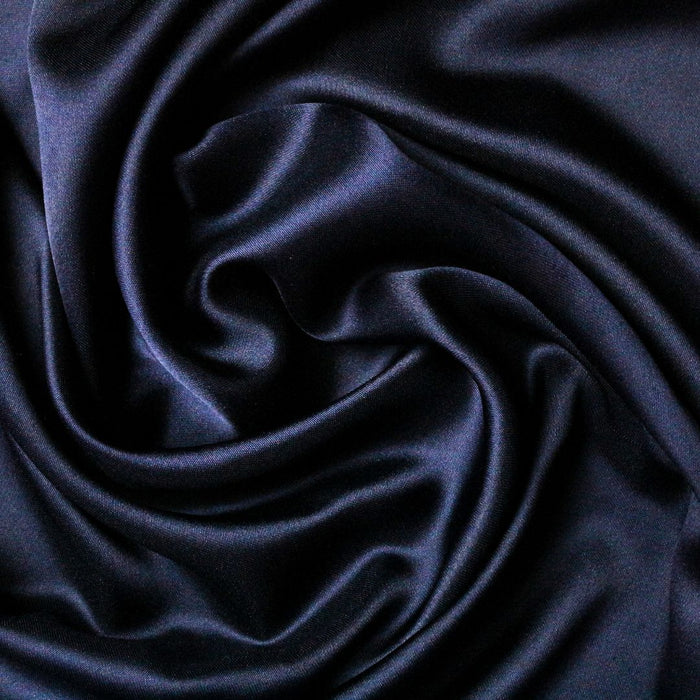Support While Cycling: A Fierce Hazel Collab



We’ve all been there – those days when the idea of a high-intensity workout seems impossible. Maybe you’re exhausted from a long day, feeling a bit under the weather, or simply lacking motivation. On these days, it’s easy to skip exercise altogether. However, staying active, even in a gentle way, can do wonders for your body and mind. That’s where stretching and Pilates come in. These low-impact exercises are perfect when you want to stay active without the intensity of a full workout. Here’s how you can incorporate stretching and Pilates into your routine to keep your body moving on those low-energy days.
Stretching and Pilates offer numerous benefits, making them ideal for days when you’re not up for a more vigorous workout:
This routine combines stretching and Pilates exercises to give you a balanced, gentle workout. You can do this routine at home with minimal equipment – all you need is a mat and a quiet space.
Start with a gentle warm-up to get your blood flowing and prepare your muscles for stretching.





On those days when you just don’t feel like working out, this can be your body’s way of telling you that it is okay to take a step back. In order to keep up with staying active, we want to stay mindful that going all in does not have to be the only way.
This low-intensity workout can reduce stress, and improve flexibility without the intensity of a full workout. Plus, these exercises can be done at home with minimal equipment. So, next time you’re tempted to skip your workout, try this gentle routine instead. Your body and mind will thank you!

The right sports bra is made up of the right fabrics to provide you with the support you need. At Bounceless, we place a high emphasis on function, which is why functional fabric is important to our design.
As a customer, there are several factors to consider when shopping for the sports bra to best meet your bounce reduction needs. Here are some details to consider on your next sports bra shopping trip.
Moisture-Wicking Fabrics
Sweating during a workout is inevitable. The fabric of your sports bra can make a

significant difference in how comfortable you feel. Moisture-wicking fabrics like nylon, polyester, and spandex are designed to pull sweat away from your skin, keeping you dry and comfortable even during intense workouts. Look for bras with moisture-wicking properties to ensure you stay cool and dry throughout your exercise routine.
Compression Fabrics
Compression fabrics are known for their ability to hug the body tightly, providing excellent support and reducing bounce during high-impact activities like running or jumping. These fabrics, often made of nylon or polyester blends, help minimize movement and offer a secure fit, which is essential for maintaining comfort and preventing discomfort or chafing during workouts.
Mesh
While not the primary fabric of the bra, mesh is strategically placed in sports bras to enhance breathability and ventilation. Mesh can be placed inside of the sports bra as an additional layer. It can also be used on its own as a panel or for decoration.

Wherever and however it is used, mesh allows air to circulate freely, helping to regulate body temperature and prevent overheating, especially in areas prone to sweating. When choosing a sports bra, consider options with mesh to ensure optimal airflow and comfort, particularly during intense workouts.
Elastane/Spandex Blends
Elastane, also known as spandex or Lycra, is a synthetic fiber known for its exceptional elasticity and stretchability. Sports bras with elastane or spandex blends offer excellent support and flexibility, allowing for a wide range of motion without sacrificing stability. These fabrics provide a snug, personalized fit that moves with your body, offering the support you need without feeling restrictive.
High-Quality Elastic Bands

The elastic band is a crucial component of any sports bra, providing support and stability around the ribcage. Look for bras with wide, high-quality elastic bands that sit snugly against the body without digging in or rolling up. These bands help distribute weight evenly and prevent the bra from riding up during movement, ensuring maximum support and comfort throughout your workout.
The fabric of your sports bra plays a significant role in determining its supportiveness and overall comfort. Moisture-wicking fabrics, compression materials, mesh, elastane/spandex blends, and high-quality elastic bands are all key features to look for when selecting a sports bra that provides the best support for your active lifestyle. By choosing the right fabric and construction, you can enjoy a comfortable, supportive fit that allows you to focus on your workout without distractions.